It’s September 2024 and I am on a fast train from Chengdu (成都) heading into Maoxian (茂县). I’ve visited before, but never by train (it’s a new development). The train is markedly more comfortable, and steady, than the alternative: taking a car or bus through the winding road through the mountains. Of note, the train enters a large tunnel section when the geography becomes mountainous. Thus, the train ride is missing key components of the “experience”: the ominous rocks, the unguarded road.
Perhaps there are few locations more interesting, or demonstrative rather, than Diexi (叠溪) when it comes to understanding the danger and change that nature can bring (in this case, through rocks). Insert profound quote about life and death being intertwined…
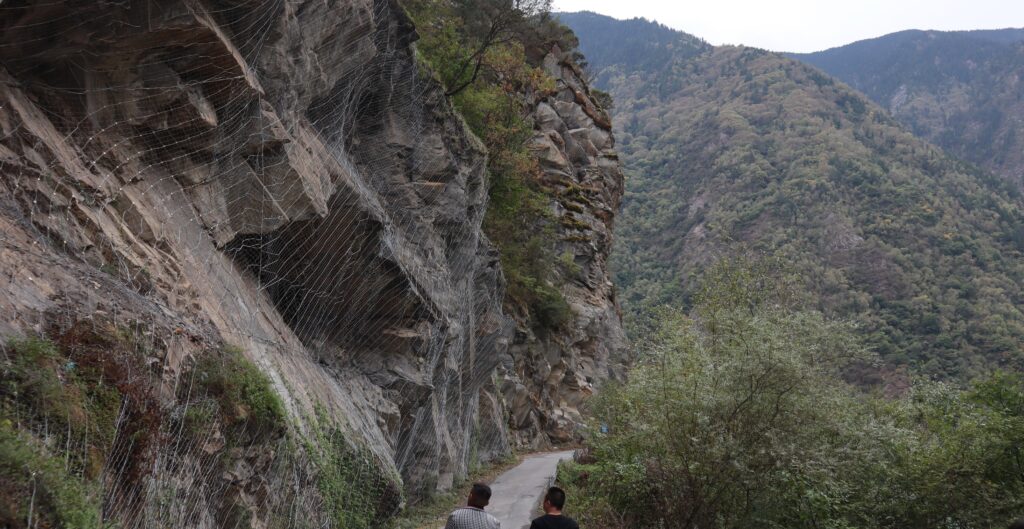
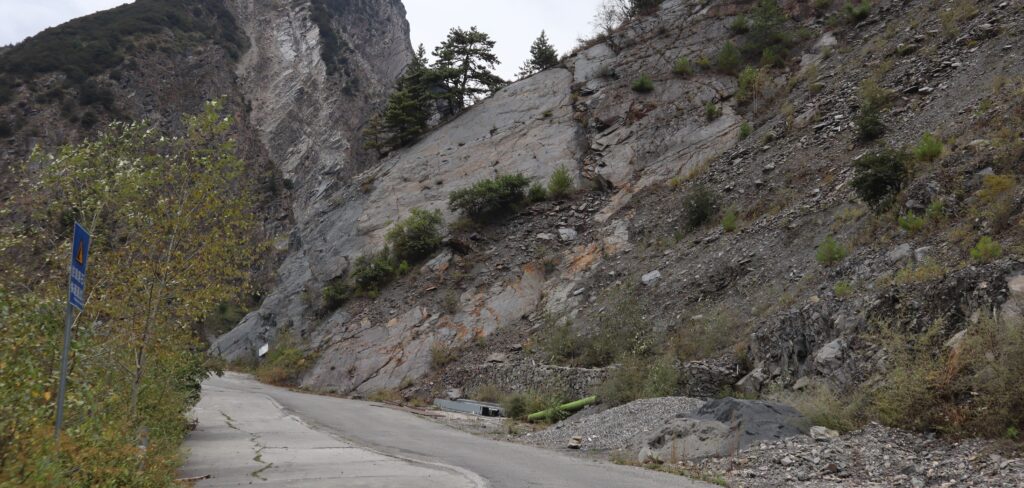
I have written about a town called Diexi. A significant disaster buried a large part of Diexi in 1933. At that time, Diexi was a kind of trading “hub” for Maoxian. These days it is more of a memorial and attraction site (Fengyi, which I have also written on, is far more important to Maoxian for most matters today). More recently in 2017, a landslide occurred in one part of Diexi, burying the small village of Xinmo (新磨). Unlike the 1933 earthquake, and the 2008 Sichuan earthquake (where the epicenter was closer to Wenchuan County, a neighbor to Maoxian), the 2017 landslide primarily affected only a single village- and its nearly 100 inhabitants. Most of them are still declared missing.
While some of the area around the village has been cleared away, such as the main road leading through (which also accesses Songpinggou (松坪沟), a scenic tourist attraction), the original village is still buried by the rocks.
But rocks have been tumbling around here for a long time. Whether from 1933 to 2017, they are visible throughout all of Diexi. Chipped boulders and rubble are just an element to this environment. It’s up to the visitor how close you want to get.
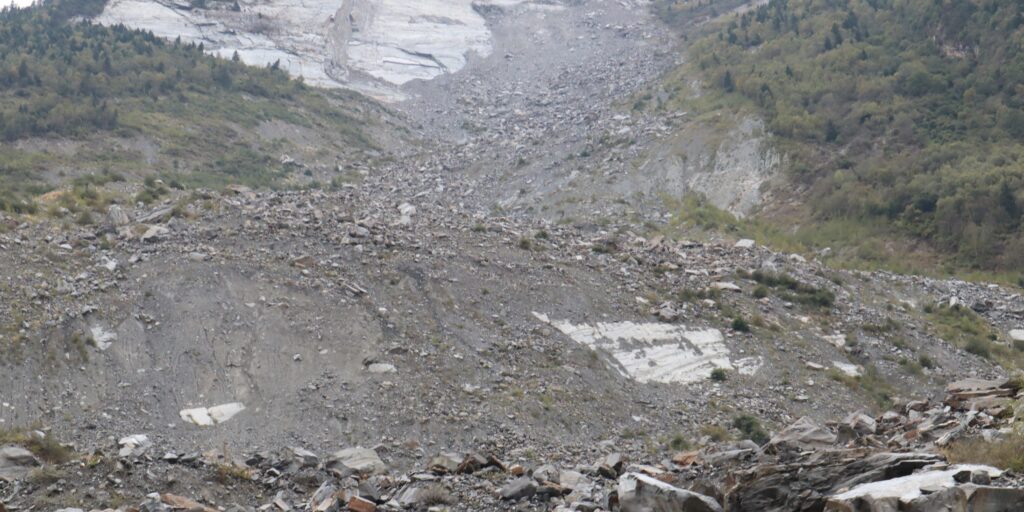
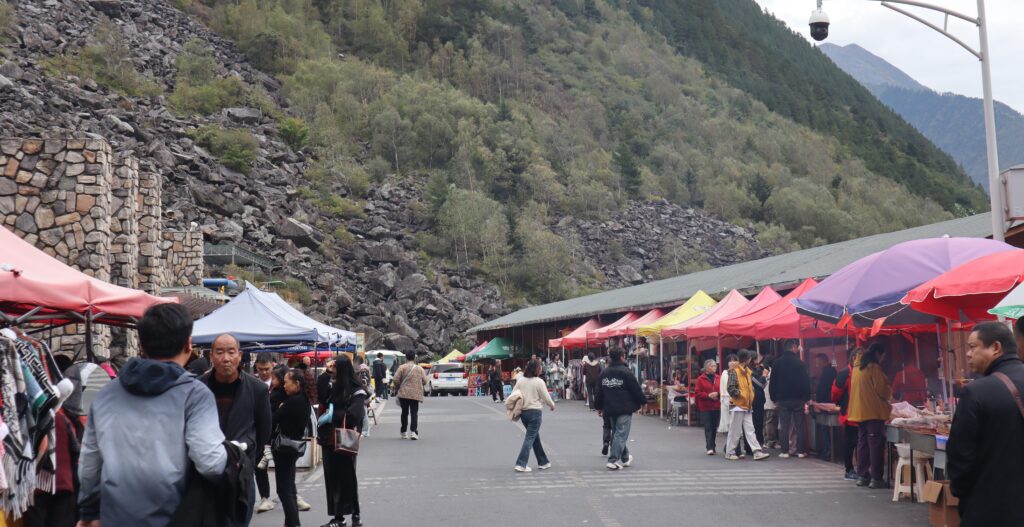
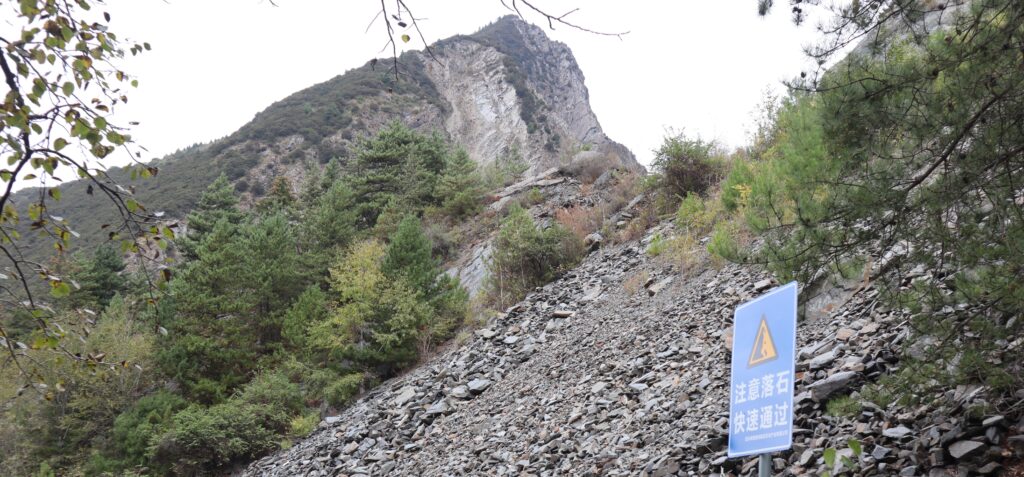
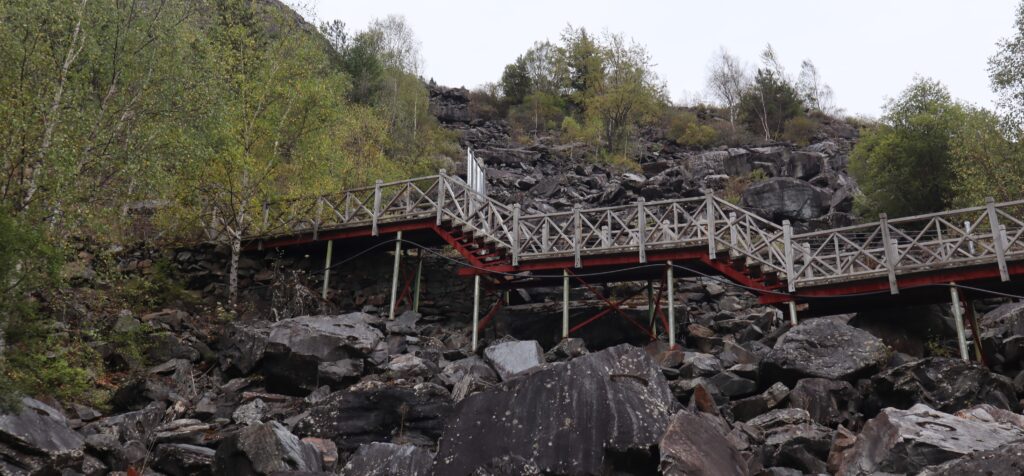
I want to be clear though that this is not just some place where only daring adventurers go. Plenty of visitors of all sorts come. The lakes here are known locally for their deep blue colors, at times showing the fragmented rocks lying underneath. Sufficient tourist infrastructure makes the area reasonably accessible, and safe (I hope). As for the lakes, they are neat, personally I’m still more intrigued by the mountains and the rocks they shed.
But it all goes together, anyway. These lakes are a byproduct of earthquake aftermaths – the 1933 disaster especially was pivotal in the formation of most of these.
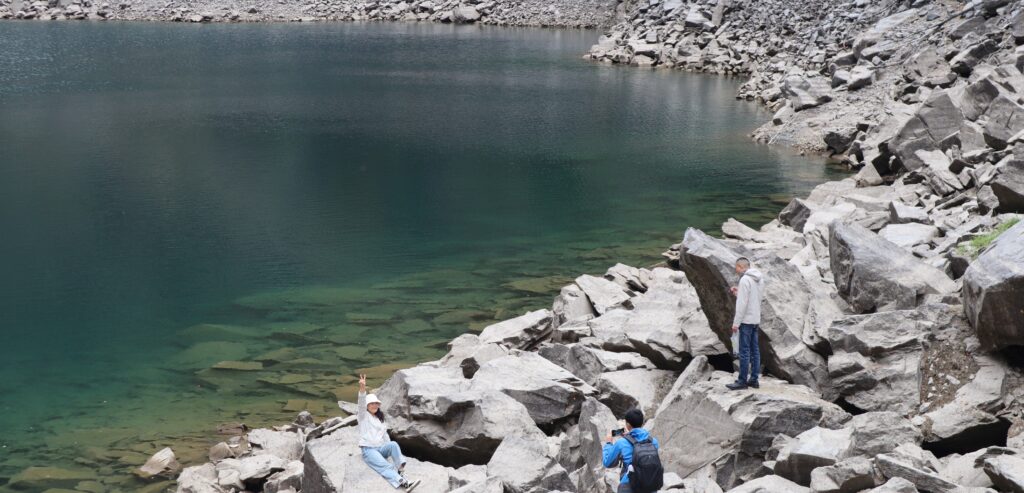

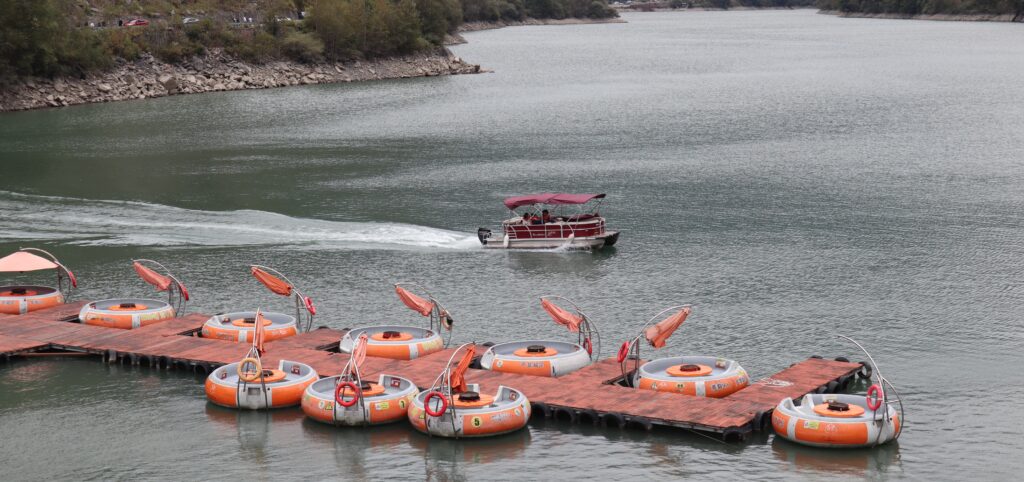
The full hiking experience at Songpinggou goes much further than we went. But I think what we visited was fairly representative of the setting and its history. Over time fewer are residing in these particular mountain environments, for reasons that are now obvious. It’s an observed trend, census data and visual evidence tell the story in tandem: that folks continue to migrate from the mountain communities to the urban part of Maoxian (which has very developed quickly in less than two decades).
These locations live on for the time being, mainly as tourist sites and monuments. Researchers and surveyors come around too, occasionally. But I think it won’t be long before the once-long-settled communities and all their residents, previously the only source of life and tradition in this region, are gone.
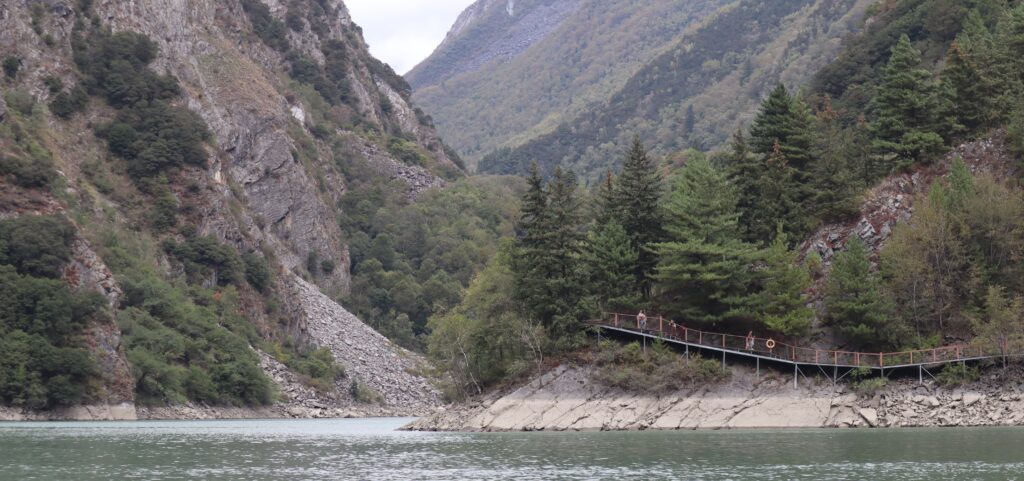
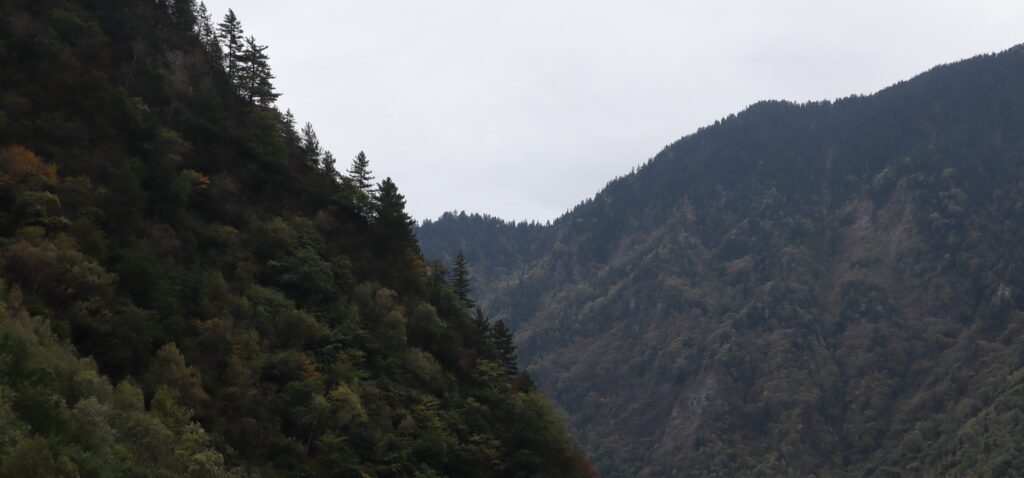
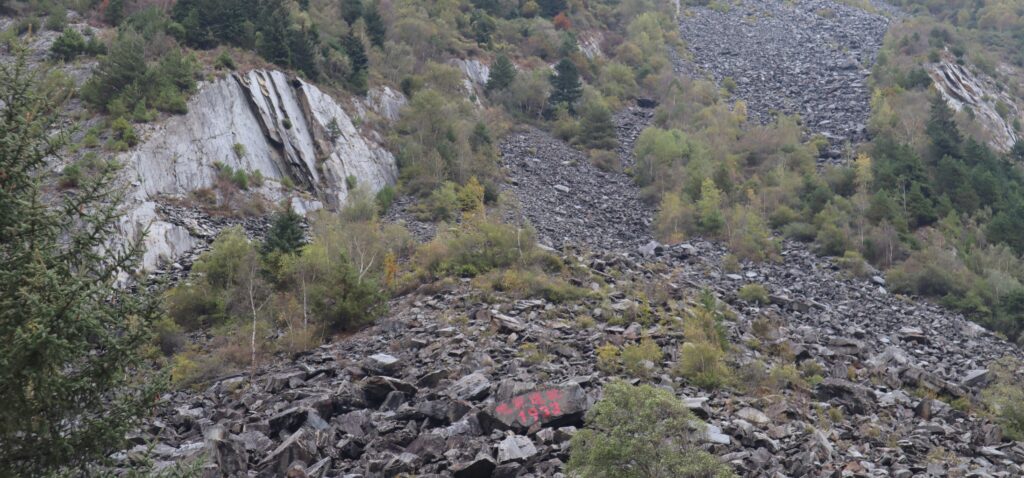


Leave a Reply